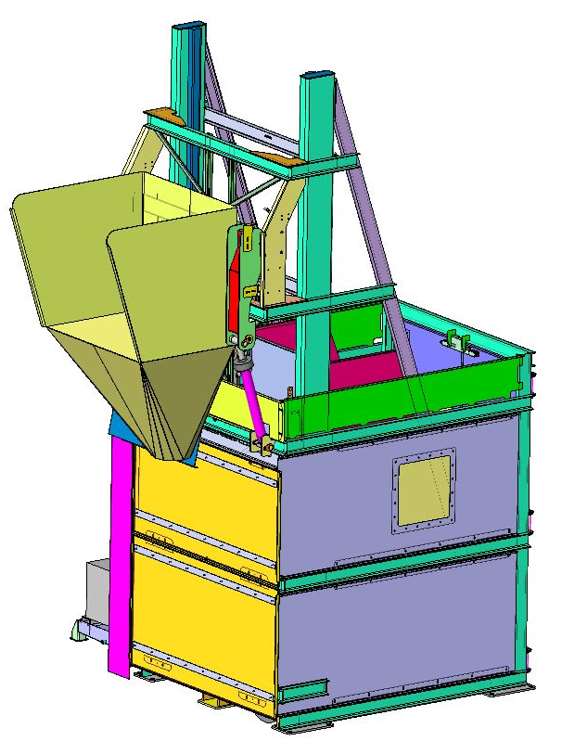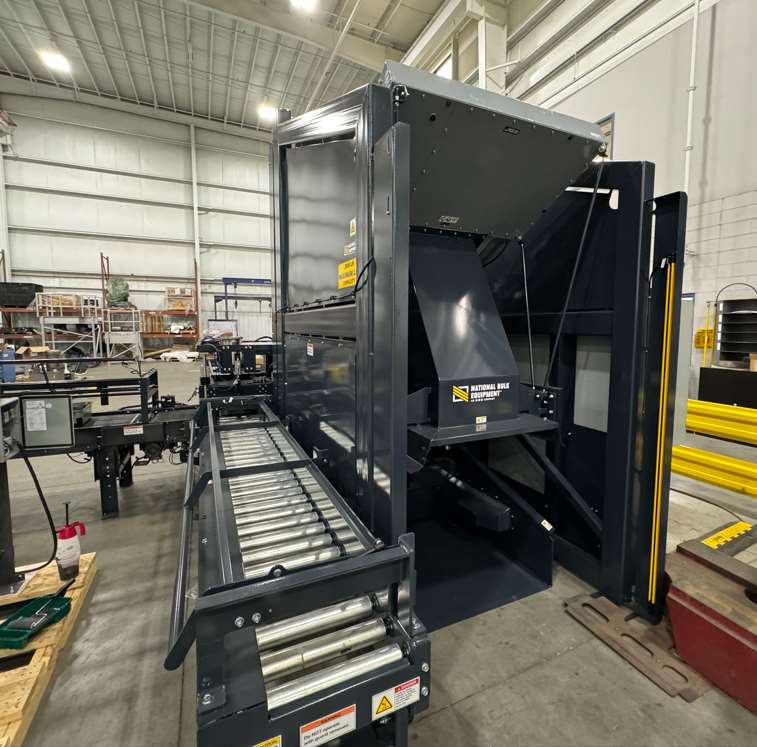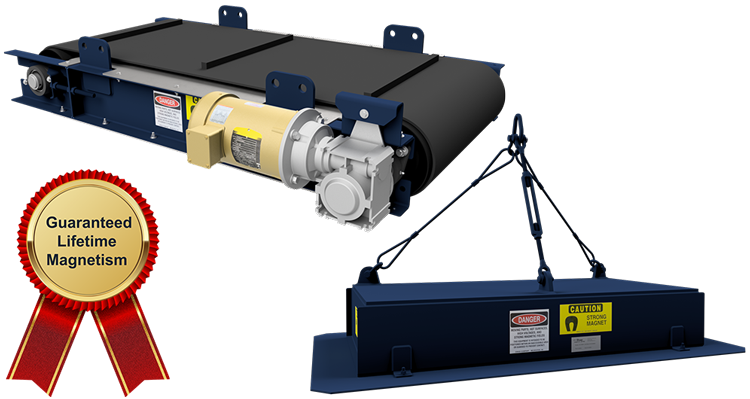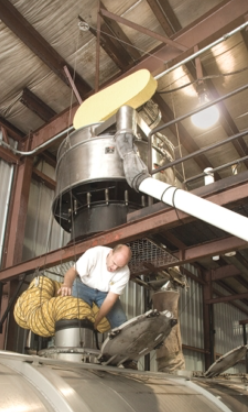Automated Tray Filling System for Poor Flowing Powder
An operator places a rolling tote with 20.5 cubic feet of material that weighs approximately 2500 lbs. of lime and ferroalloy materials for discharge into a Argon Oxygen Decarburization (AOD) vessel in a Alloy Manufacturing production facility. Production design calls for 6 discharges per hour performance, rotating 150 degrees with a chute extension designed to raise up to meet the fixed carriage chute to direct material flow into the AOD. Once the process is complete the discharger lowers both the carriage and the chute extension after the AOD vessel has moved out from the loading position by the operator, all while operating in a continuous 120-degree F. environment.
The unique operating environment also requires special heat shielding and specialized hydraulic operating designs to live where the section of the machine is susceptible to highly aggressive flames due to chemical reactions of material entering the vessel upon discharge. The two-part chute (fixed and pivoting) was a challenge to the previous design due to the maximum swing arc for ceiling restrictions and AOD vessel load positioning. This evolutionary design helped solve the dimensional constraints.
Automated Tray Filling System for Poor Flowing Powder Read More »









